Voinovich had an ideal partner in David Brennan, a well-connected local businessman. A towering presence at six feet five (not counting his customary cowboy hat), Brennan had attended Catholic school in Akron before earning degrees in accounting and law, and made a fortune forming corporations for doctors seeking tax benefits. When Voinovich ran for governor, Brennan was a major fund-raiser for the campaign. Now he started cultivating allies, donating heavily to a Republican from the Cincinnati suburbs who was a promising sponsor of voucher legislation, as reported by the Akron Beacon Journal, which covered the early voucher push.
In May, 1991, Voinovich and Brennan met to discuss creating a commission on school choice, which Brennan would chair. Soon afterward, the bishops provided eighteen suggestions for possible members. Six of them ended up on the commission—with no mention of the fact that they had been selected by the Church.
As word of the commission spread, it raised concerns. The following spring, an executive at Procter & Gamble, one of the state’s largest employers, urged Voinovich to couch “this sensitive issue” in a broader effort at school reform. “Vouchers on their own could lead to unnecessary divisiveness,” he wrote. The head of the Ohio teachers’ union warned that unilateral action “could explode any chance at building a statewide consensus.” Voinovich responded that he was prepared for discord: “I am confident that whatever recommendations they come back with, it will be difficult for the Ohio Federation of Teachers to support.”
The commission was moving fast. Brennan “is doing an outstanding job,” Voinovich wrote to Pilla. “He is on a mission from God.” Voinovich and Brennan took care to disarm political objections. One briefing document argued that any plan the commission produced “must be substantially tilted in favor of low income parents and children” and must require private schools to administer the same proficiency tests as public schools. By year’s end, the commission produced its recommendation: Ohio should create a voucher pilot program.
Representative C. J. Prentiss monitored the commission’s work with foreboding. Elected to the Ohio House in 1991, Prentiss had distinguished herself as a leading defender of public education and was steeped in the struggle for school integration. Her father had belonged to the Congress of Racial Equality, and after Prentiss graduated from Cleveland’s Marshall High School—where she was one of six Black students—she attended the 1963 March on Washington. Later, she joined local battles against school segregation, during which she met Michael Charney, a white teacher and union activist who became her third husband. She taught for a while in the Cleveland suburb of Shaker Heights and served on the State Board of Education. In 1993, she and other Black officials in Cleveland condemned Voinovich’s plan. “It is difficult to see how subsidizing private schools will improve public education,” she said. “Private schools have selective entrance requirements, serve only private purposes, and are not accountable to the public.”
Brennan deflected the criticism, noting that the plan was still provisional: “We believe when the education-choice bill reaches the final stages, these fine legislators will feel differently than they do today.” In fact, he and Voinovich knew that it would be tough to secure backing for a stand-alone voucher bill; school-board members, teachers, and administrators were already sending letters to legislators to object. In May, 1994, Voinovich contacted Brennan to strategize about how to slip a voucher pilot into the next state budget. “We are going to have to crawl before we walk,” he wrote. “I believe if we can really get it underway in one or two districts during my second term, we will have accomplished more than what [has] been accomplished thus far.”
A few weeks later, Voinovich’s assistant for education policy, Tom Needles, sent him a strategy brief on a forthcoming lunch with the bishops. “The Catholic Conference will continue to maintain a low profile in terms of its formal position on voucher legislation,” Needles wrote. “At the same time, the Conference recognizes that parent organizations in each diocese will play a very active role in lobbying for its passage.” On the last day of January, 1995, voucher proponents paid for six buses to carry some three hundred children and parents from Cleveland to the capitol, in order to lobby legislators. As parents walked from office to office in the statehouse, one declared, “The public schools are preparing Black children for prison, the welfare office, or the graveyard. As a Black parent, that’s unacceptable.”
Prentiss and a state senator from Cleveland decided to address the throng. With the parents visibly angry, she knew better than to dismiss concerns about their children’s schooling. “There is a crisis,” she acknowledged. “The question before us is, how do we improve the public schools?”
The bishops, though, were far more organized, with efforts unfolding parish by parish across the state; a list in Voinovich’s papers records hundreds of phone calls and letters to legislators, making the case for vouchers and inviting them to visit local parish schools. Voinovich urged them to do still more. “I really need your help and would appreciate being kept informed as to what is being done so I can convey that to the leadership in both the House and Senate,” he wrote to Daniel Pilarczyk, the archbishop of Cincinnati, in February, 1995. The next month, Pilarczyk responded with another list of the Church’s actions, including some twenty thousand letters sent to legislators.
Two weeks later, Voinovich let Pilarczyk know that the House had not only increased funding for Catholic schools but also authorized a “limited scholarship program in the City of Cleveland.” The program would start small, with several thousand vouchers worth about twenty-two hundred dollars apiece. Yet Voinovich recognized that it was a “significant pilot project.” At the time, the only other city that allowed private-school vouchers was Milwaukee, and the initiative there had initially barred religious schools from participating. Cleveland’s program, in contrast, had been designed from the start to benefit Catholic schools.
In June, the budget won final approval. Six bishops wrote Voinovich to express their gratitude. “Everything we asked you to do was included in your budget,” they told him. “Without your leadership and gentle nudging of legislative leaders, none of this would have been possible.”
Prentiss and Charney quickly grasped the pilot’s import. “This is the beginning of the end for public education,” he told her, only half joking. Prentiss resolved to monitor the program to make sure that the money was spent as intended. After one voucher recipient, an Islamic school, was found to have housed students in unsafe buildings, she successfully sponsored a bill requiring schools that received vouchers to meet the same minimum standards as public schools.
Meanwhile, Prentiss kept pushing for public-school reforms: all-day kindergarten, smaller classes, mentorships for at-risk boys. She and Charney were encouraged by test results showing that kids in public schools were performing at least as well as those with vouchers at Catholic schools.
In 1998, Voinovich was elected to the United States Senate; Needles, his aide, went to work as a lobbyist for Brennan. And the push for vouchers entered a new phase, as an aggressive generation of proponents took up a battle in the courts.
In both Ohio and Wisconsin, opponents, led by teachers’ unions, were challenging the programs on the ground that they violated the separation of church and state. The Wisconsin Supreme Court upheld vouchers; a federal appeals court in Ohio ruled against them.
The U.S. Supreme Court took up a First Amendment challenge to vouchers, based on one of the Ohio cases, in February, 2002. Robert Chanin, a lawyer for the National Education Association, told the Court, “Under the Cleveland voucher program, millions of dollars in unrestricted public funds are transferred each year from the state treasury into the general coffers of sectarian private schools, and the money is used by those schools to provide an educational program in which the sectarian and the secular are interwoven.” Chanin noted that virtually all the students in the voucher program were attending religious schools, rather than secular private schools.
But Justice Sandra Day O’Connor, the likely swing vote in the case, interrupted to pick up on a point made by a state attorney who’d defended the vouchers. In evaluating Cleveland’s choice program, shouldn’t the Court consider not only private schools but also other options available to students, such as public magnet schools and charter schools?
The question caught Chanin off guard. The issue was the constitutionality of private-school vouchers, yet O’Connor was evoking public-school options. The state pressed its advantage, with its lawyer stressing the limited scope of the pilot: “It didn’t take too much money away from the public schools, but gave enough for a limited program that is targeted to the most needy, to the poorest of the poor.”
On June 27, 2002, the Court announced that it had ruled, 5–4, in favor of the Ohio program, arguing that it was “part of a broader undertaking by the State to enhance the educational options of Cleveland’s school children.” Clint Bolick, a leading lawyer on the pro-voucher side, declared on the Supreme Court plaza, “This was the Super Bowl of school choice, and the children won.” Later, he and others gathered at the office of the Institute for Justice, a conservative organization, and toasted with Dom Pérignon.
Prentiss was on vacation with Charney in Washington State when she got word of the ruling. “PBS NewsHour” invited her to come to a studio in Vancouver and record a response, but she was too upset to think about what she would say on camera. “I’m not going to be the one,” she told Charney. “Let them get a lawyer.”
After the Supreme Court ruling, the momentum in seeking alternatives to traditional public schools shifted to charter schools—publicly funded institutions that are administered separately from school districts. Many Democrats had championed charters in the nineties as a more palatable way to offer school choice, and Republicans had adopted the idea, too; Brennan, the chairman of Voinovich’s school-choice commission, launched a for-profit charter-school venture.
In 2005, with charters threatening to cut into parochial-school enrollment, Ohio’s Catholic bishops secured a crucial expansion of vouchers beyond Cleveland: a new statewide program called EdChoice, which offered vouchers to students assigned to schools that were judged to be failing, many of them in Columbus and Cincinnati.
Prentiss stayed in the legislature until 2006, becoming the second Black woman to serve as Senate minority leader. Up until the end, she led the resistance to vouchers. As she left the legislature, though, an impassioned advocate for vouchers came in: a Republican representative named Matt Huffman.
Huffman was a lawyer from Lima, a small industrial city in western Ohio. Like Prentiss, he had grown up among activists, but with different political aims. His father, a lawyer and a county prosecutor, took a case against a local cinema that was showing “obscene” movies all the way to the U.S. Supreme Court; his mother co-founded one of the state’s first pregnancy-crisis centers after abortion was legalized.
#Religious #Schools #BillionDollar #Drain #Public #Education


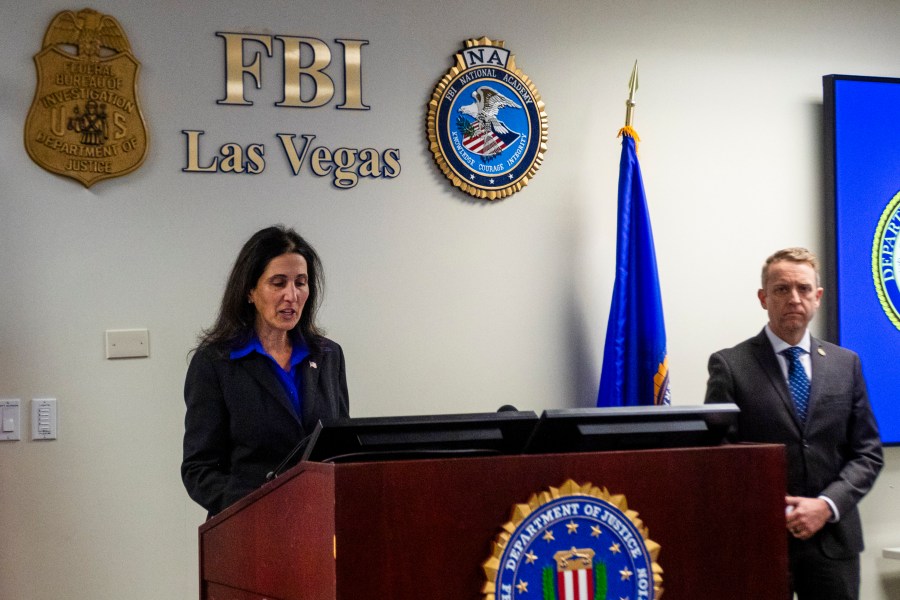
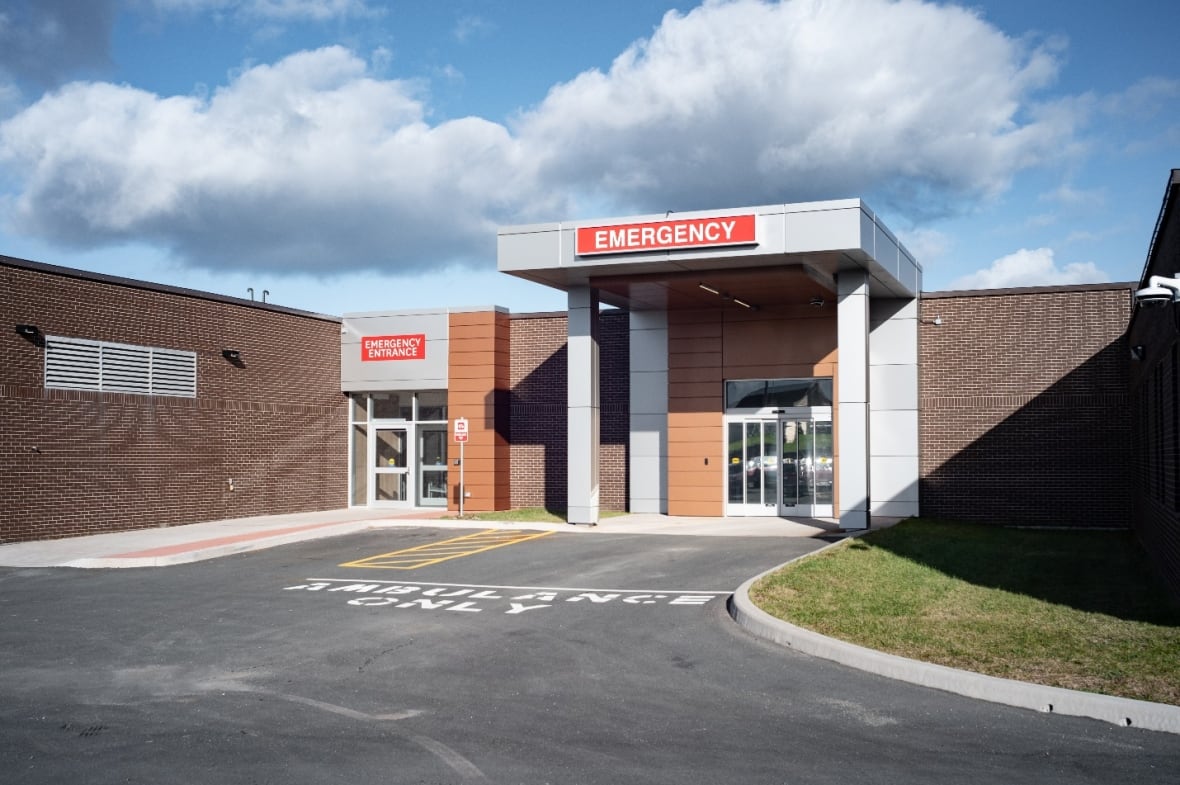
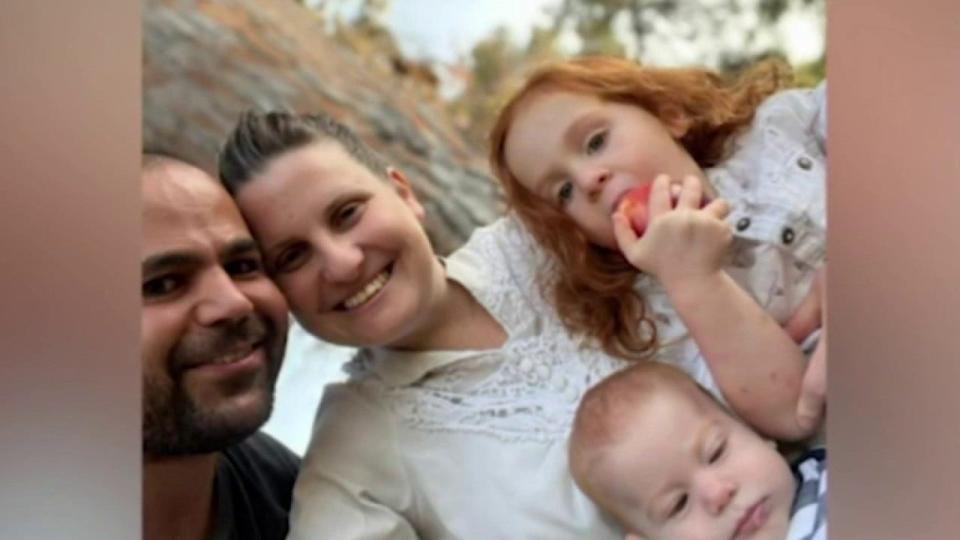
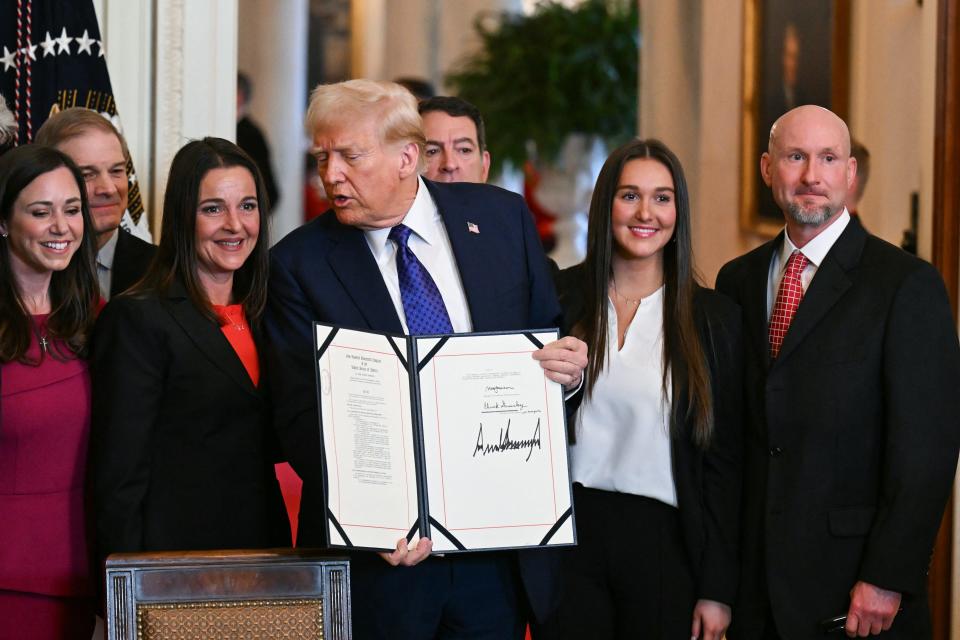

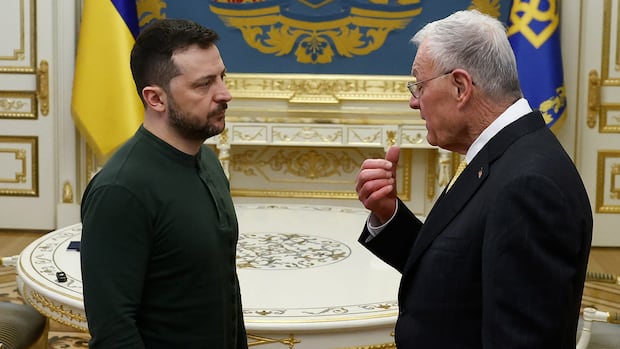

Leave a Reply